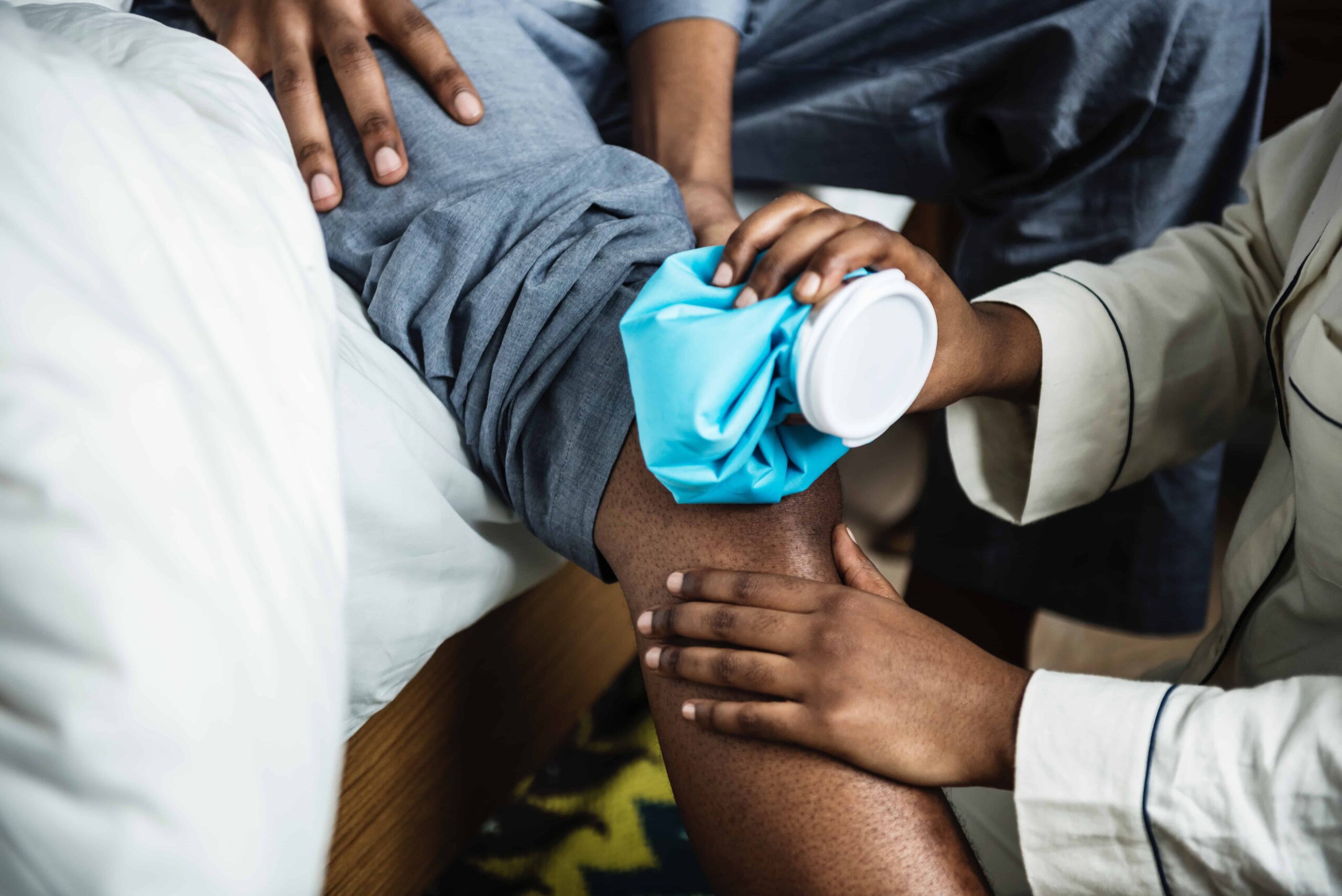Top 5 tips for preparing for a C&P exam that contains a range of motion exercise

What many people may not know about their C&P exam is how critical the range of motion portion is. This is the aspect where the examiner will see how severe your disability is and rate you accordingly. By knowing what to expect, you can increase your ability to communicate with your doctor.
What to know Before your C&P Exam
Find out how your disability is rated. Look for the specific disability that you are applying for here, or you can do a google search. Find how that disability is rated if it’s a major joint most likely going to be rated by range of motion. Pain in range of motion will most likely get you ten percent, to get anything more than ten percent you must have decreased range of motion. For example, a shoulder injury is a joint that is rated by range of motion.
How to prepare for your Compensation and Pension
Purchase a goniometer. A goniometer is a tool that the C&P is required to use by law to measure your range of motion. Merriam – Webster defines this tool as an instrument for measuring angles. I recommend getting a digital one; they sell them online for 10-15 dollars.
Look up how to videos on how to measure your range of motion. You can go to YouTube and look up the disability you want to measure the range of motion for. There are a ton of how to videos on measuring your selected disabilities range of motion. For example, if you looked up shoulder range of motion it will show you where to put the goniometer and how to measure the range of motion for your shoulder.
Now it’s time to practice with the goniometer. Using the knowledge, you gathered in the above three steps practice the range of motion for your disability. STOP WHEN YOU FEEL PAIN. Often us as Veterans push through the pain to complete the mission! Well, it’s the exact opposite for VA disability purposes. At your exam, the C&P examiner will measure your range of motion using the goniometer, and you will stop when you feel pain. Do not go any further than where you feel pain. Do not try to push past the pain.
What to know for your C&P exam
You are not there to please the C&P examiner. The C&P examiner is not your treating doctor! They are there to assess the current state of your disability and, at times, to write an opinion on if it should be service connected. Do not let them move your joint any further then what you want.
If you have any other questions about what to expect from your C&P exam, head over to our Top 5 C&P exam tips, and remember, bring a copy of your DBQ and personal statement to your C&P examiner to be prepared.
Richard Shuminsky is our Chief Technology Officer, Veteran Master Coach, and an Air Force retired Veteran. You can contact him at [email protected]

